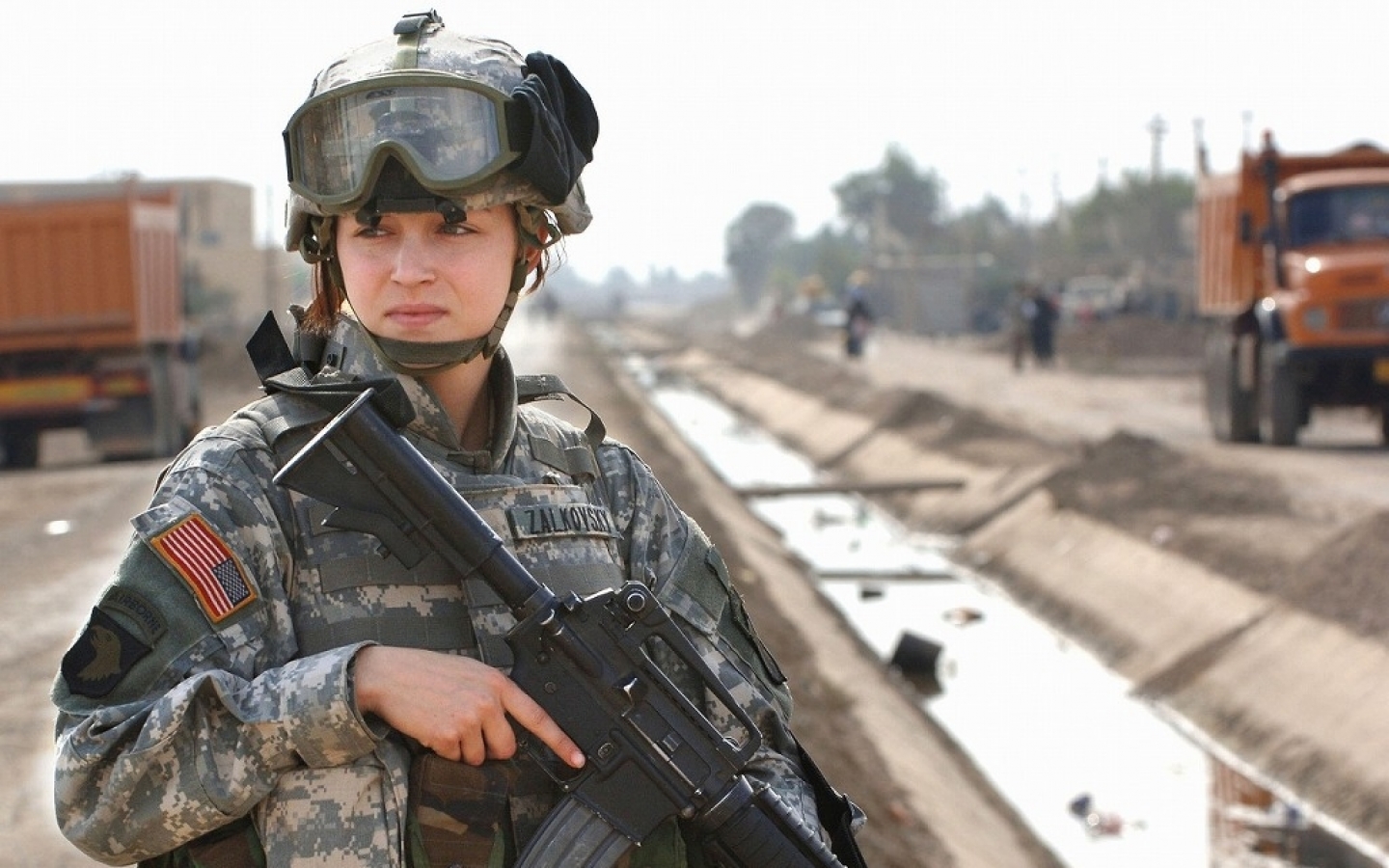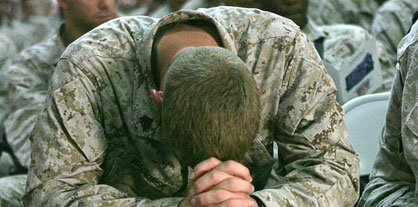The Army released final year-end statistics on Wednesday indicating a 24% increase in Guard and Reserve deaths last year. While the Army is seeing a slight decrease in the number of active duty suicides, the 24% increase in Army reservists and National Guard deaths is a jump that Army officials are hard-pressed to explain.
According to Major General Ray Carpenter, “The analysis for 2010 shows that it’s not a deployment problem, because more than 50 percent of the people who committed suicide in the Army National Guard had never deployed. It’s not a problem of employment, because only about 15 percent of the people who committed suicide in fact were without a job.”
Carpenter goes on to say, “As you look at it, part of it is a significant relationship problem, because over 50 percent of those who committed suicide had some sort of a partner problem that they were dealing with whether it was marriage, divorce, or boyfriend, girlfriend, that kind of thing. Our effort is to build resiliency in soldiers.”
But even though developing resiliency is mentioned as a strategy, a major factor in suicide rates may very well be the amount of time between deployments. However, top-ranking Army officials can’t agree on the issue of deployment as a factor. Major General Carpenter says it is not a deployment problem, which echoes the findings of last year’s Department of Defense report. But General Peter W. Chiarelli, the vice chief of staff of the Army, who leads the service’s suicide prevention effort, disagrees. In this article from the Fort Worth Star-Telegram, Chiarelli says “In spite of the evidence that deployments are unlikely to be the cause of suicides, I’m still hopeful that increasing the amount of time between deployments to two years for every year deployed would help solve this problem. “I really believe (that) is one of the things we have to look at,” he said.
As we reported previously, the Army is struggling to address the mental health needs of its service members. In 2009, Congress created the Joint Department of Defense Task Force on the Prevention of Suicide by Members of the Armed Forces. Read their report here. There are no easy answers obviously. Suicide prevention education involves a complex series of strategies that need to evolve to meet individual situations. Unfortunately, for many, it’s too late. If you or someone you know is in need of help, talk to someone. You can also follow the links below.
Here is a list of links and resources from the U.S. Army Medical Department’s Army Behavioral Health page.
And here is a link to the National Suicide Prevention Lifeline specific to veterans.


